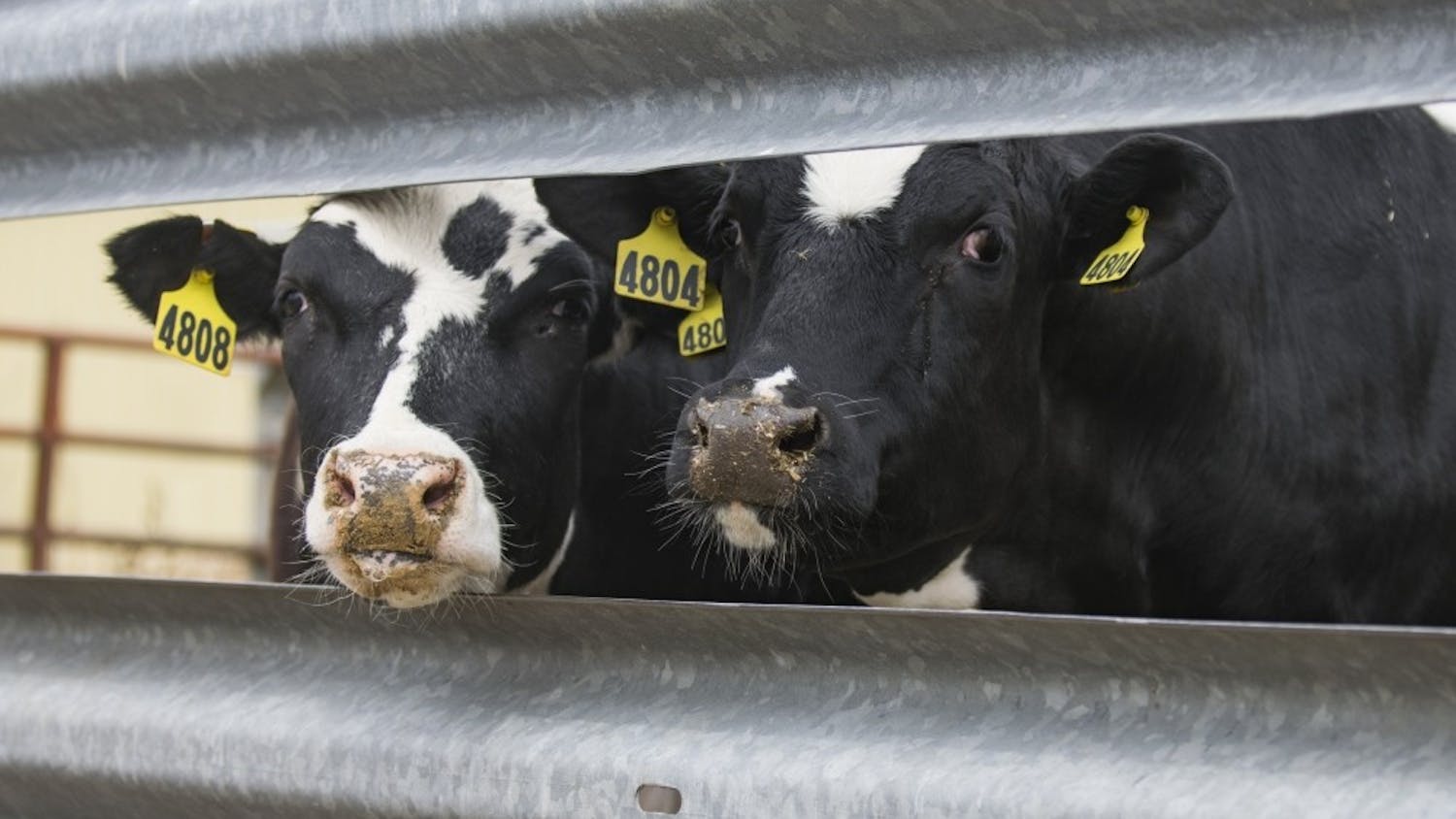Over a quarter of COVID-19 deaths in Wisconsin have occurred in long-term care facilities, according to data from the state Department of Health Services. One nursing home in Dane County is implementing strict protocols to prevent large outbreaks, but said the stress of the pandemic has impacted both staff and residents.
According to the most recent data from the Centers for Medicare and Medicaid (CMS), Wisconsin has seen 3,697 total COVID-19 cases among nursing home residents and at least 592 deaths. Between Oct. 12 and Nov. 8, nursing homes across the state reported that 294 residents died, ten times the number reported in the previous month, according to the Milwaukee Journal Sentinel.
Badger Prairie Health Care Center, which is operated by the Dane County Department of Human Services and provides short-term rehabilitation services, long-term care and end-of-life care, has seen only one confirmed COVID-19 case among residents during the pandemic.
The case occurred after a resident transferred from another nursing home while positive. Nurses stepped up to care for the patient, who has since been cleared to return to an open unit. No residents are currently positive.
“We’ve been very fortunate to avoid cases en masse within the facility,” Administrator Bill Brotzman said. “There’s a lot of hard work and dedicated managers working through this 24 hours a day, I’m not exaggerating, seven days a week.”
Badger Prairie has seen about eight confirmed cases among employees since the onset of the pandemic. The center has been testing over 300 residents and employees on a weekly basis and results normally come back within 72 hours. Staff go through health screenings when reporting to work.
Brotzman said that tracking exposures and potential exposures has been a “24/7 process” for managers. That can cause scheduling changes, but employees have volunteered to take extra shifts to continue to provide care.
“The amount of jockeying and maneuvering and managing and evaluating by this crack team of managers here at the facility to determine, ‘you need to come off the schedule for two weeks, you need to be tested here, we’ll move this here’ ... it’s all-consuming at this point,” Brotzman said.
Other nursing homes in Wisconsin have not fared as well as Badger Prairie during the pandemic. Facilities in northeastern and southeastern counties have dealt with some of the worst outbreaks, according to the Milwaukee Journal Sentinel.
According to state Department of Health Services data, at least 27 percent of confirmed COVID-19 deaths in Wisconsin have occurred in long-term care facilities, which includes nursing homes and assisted living facilities. That percentage may be an underestimate as DHS does not know the housing status of over 1,400 people who have died.
DHS triggers a public health investigation when one or more nursing home staff or residents tests positive for COVID-19. An investigation is closed 28 days after the last positive case is confirmed. There are 306 active and 550 total nursing home investigations in the state.
“When nursing homes detect COVID-19, it is a sign that they are following proper notification procedures,” the DHS site explains. “It also indicates that the nursing home is working with public health experts to test and protect their residents and employees with appropriate isolation and infection control practices. Proactive testing helps address outbreaks early on when they are easier to manage.”
Twenty-five total investigations have occurred in Dane County, and 11 are currently active, including at Badger Prairie Health Care Center.
Only two nursing homes out of the 11 under active investigation in Dane County have reported COVID-19 deaths to the CMS. According to the most recent data, Oakwood Lutheran has reported five total COVID-19 deaths since May and The Villa at Middleton Village has reported two.
Badger Prairie has taken many precautions to limit the spread of the virus in the facility. Brotzman said that because the center avoided cases during the early months of the pandemic, they had time to make preparations for the potential of positive cases. The facility was able to convert a six-bed unit into a COVID care area, fitted with hospital-grade walls and HEPA filters.
The center has been closed to visitors, and visitations are heavily-monitored and limited to end-of-life situations. The facility has created an awning outside — complete with furniture, lighting and heaters to facilitate wintertime visits — so residents can come to their window, see their loved ones and talk over a designated phone.
“It’s wonderful, but it’s not [like] being able to hug your mom or your dad and to tell them that you love them. Certainly, we look forward to those days returning again,” Brotzman said.
Additionally, the facility has put recreational activities on hold, including monthly visits from the nearby daycare and music and dance performances. Badger Prairie has been able to hold some safe events, such as a fall parade, in order to combat feelings of loneliness among the other negative effects of isolation.
“It was unique, it was heartwarming, you could just see the smiles were never ending and it was COVID compliant,” Brotzman said.
Residents who return to the facility after being in a hospital are isolated in their room for two weeks when they get back as a precautionary measure. This poses challenges for the center’s residents who have behavioral, emotional or psychiatric disorders.
“If you have a cognitively impaired resident, and we do have several, now you need a one-to-one person to help keep that person isolated and to keep that person receiving care and interaction. So that creates additional staffing needs,” Brotzman said.
Brotzman said the psychological impact of the pandemic has been a “tremendous challenge” for both residents and staff.
“For years, nursing homes have strived for a home-like environment. We don’t want to be institutional, we don’t want everyone in scrubs and a hospital and that sterile environment,” Brotzman said. “The challenge that we have is that this [PPE] screams institutional, it’s not home-like.”
Brotzman said he felt “catatonic” after watching National Guard troops deploy to nursing homes in other states earlier in the pandemic.
“Especially watching stories in California and Washington state, that’s heightened the anxiety of the staff. I think we’ve embraced this and learned from it as a group and it strengthened our resolve,” Brotzman said. “The anxiety is still there, but I think all of us are dealing with it better.”
Hope Karnopp is the news manager and dabbles in music reviews at The Daily Cardinal. She previously hosted the Cardinal Call for WORT-FM and edited state news.






